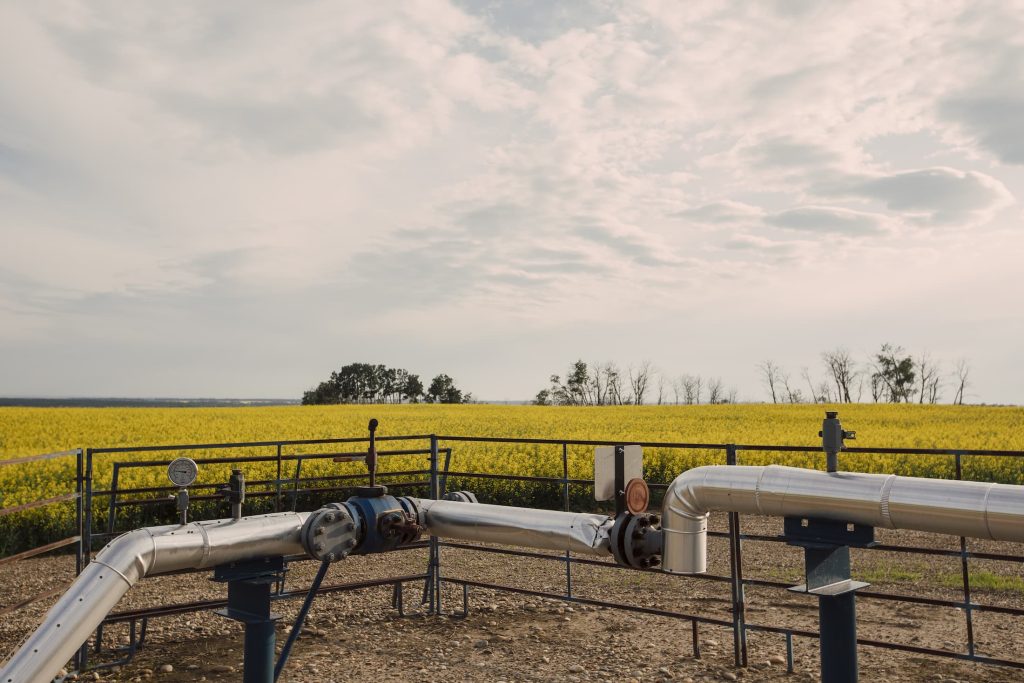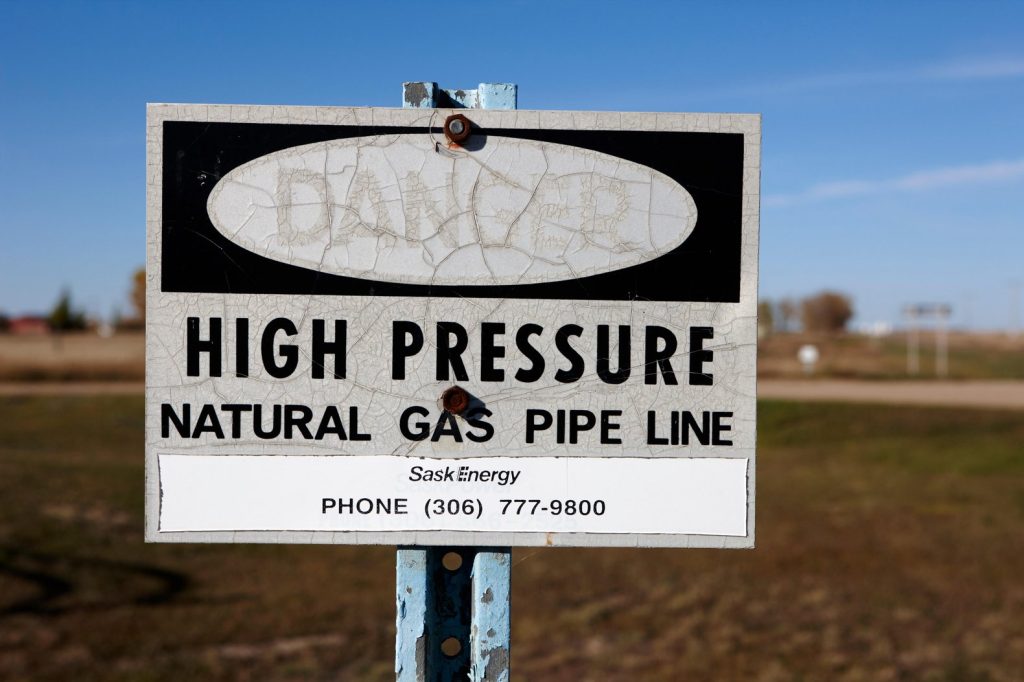3.1 Background on the Social Issue
Winifred Athembo; Lee Beavington; and Deirdre Maultsaid
Canada is a large producer of fossil fuels, specifically oil and gas. The Canadian economy depends upon oil and gas in many ways, from fuel for transportation and power for industries to many products made partially with petroleum (plastics), such as electronics and clothes (Government of Canada, 2020). Oil and gas delivered to refineries and many industries often flows through pipelines across Canada. It is not uncommon for cattle ranchers and farmers to share land with drilling companies and oil and gas pipelines (De Almeida Souza, 2019). Some farmers and ranchers may contract with energy companies to extract oil or natural gas from their property or lay pipelines under their fields. These farmers and ranchers often accept payments to compensate for the low profit margins from their agricultural produce or ranching business. These contracts with oil and gas companies usually allow the company to have pipelines and infrastructure running across the land “in perpetuity” (forever) and leave decommissioned equipment and old pipelines behind in the ground without cleaning up or engaging in environmental restoration.
Although a farmer can reap financial benefits from this, the harvesting of natural gas, drilling for oil and laying pipelines can reduce the amount of land available for farming and ranching and cause damage to land when spills occur (Belvederesi et al., 2018). A chemical spill can lead to the contamination of an entire area around the accident, affecting waterways, wildlife and the availability of arable land on which plants can grow. Leaks and spills can kill crops or livestock exposed to the chemicals, affect the environment and workers and even contaminate the crops and thereby affect the end consumer. Pipelines may also permanently warm the soil under which they are placed, affecting crops, growing seasons and pasture lands for livestock and the wildlife that are all part of the ecosystem.
Considering all these factors, farmers often struggle to choose between a stable source of income during bad growing seasons and a fluctuating market and the risk of contamination as a result of damage to their land, crops, livestock, and wildlife. There are many issues to consider in a partnership between the agriculture and energy sectors.



Media Attributions
- Cattle Ranch © Priscilla Du Preez is licensed under a All Rights Reserved license
- Gas Compression Station © Amber Bracken is licensed under a All Rights Reserved license
- Danger sign for high pressure natural gas pipeline © Radharc Images is licensed under a All Rights Reserved license

